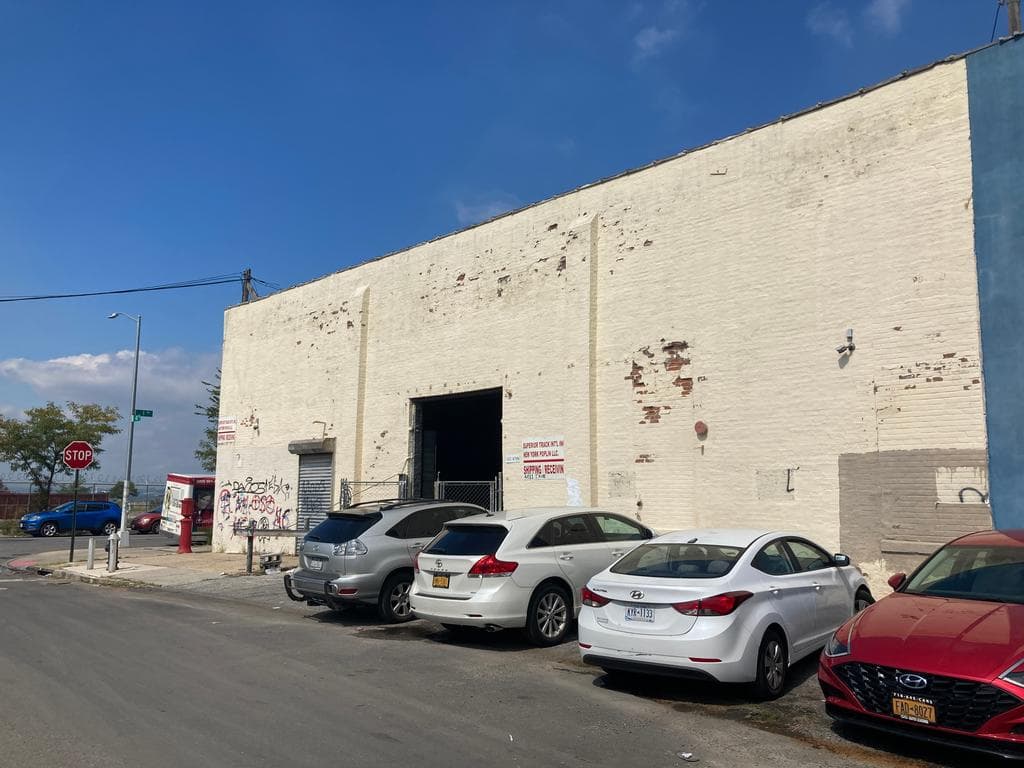10,000 sf Sunset Park Warehouse
Description
Located in the heart of Sunset Park, this 10,000 sf facility is situated on the corner of 1st Avenue and 47th Street. The warehouse has 20’ ceilings and one drive-in door, more can be added. In addition, there is 3,500 sf of office ready for you to move in.
Documents
Location
Sq Ft
Financials
Construction
Image Gallery

Area Profile
Southwest Brooklyn (Sunset Park, Red Hook, Gowanus)
The industrial areas of South Brooklyn encompass several neighborhoods that historically supported a range of manufacturing, warehousing, and industrial activities.
From Sunset Park to the Brooklyn Navy Yard, South Brooklyn has maintained a significant heavy industrial presence, especially along its waterfront. The area includes port facilities and warehouses that support maritime trade and logistics and has become a major hub for E-Commerce given its proximity to Manhattan as well as New Jersey. In recent years, the are has also attracted artists, artisans, and creative businesses, adding a cultural dimension to its industrial character.
Zoning
M3-1 Zone
M-zones are designed to accommodate a variety of industrial and manufacturing activities, including heavy and light manufacturing, warehousing, distribution centers, and storage facilities. These areas are regulated by zoning laws to ensure compatibility with surrounding neighborhoods and to manage issues such as noise, traffic, and environmental impacts.
Typical Uses
Typical uses include power plants, bulk storage, recycling and waste management, heavy repair, construction facilities, concrete plants, etc.


